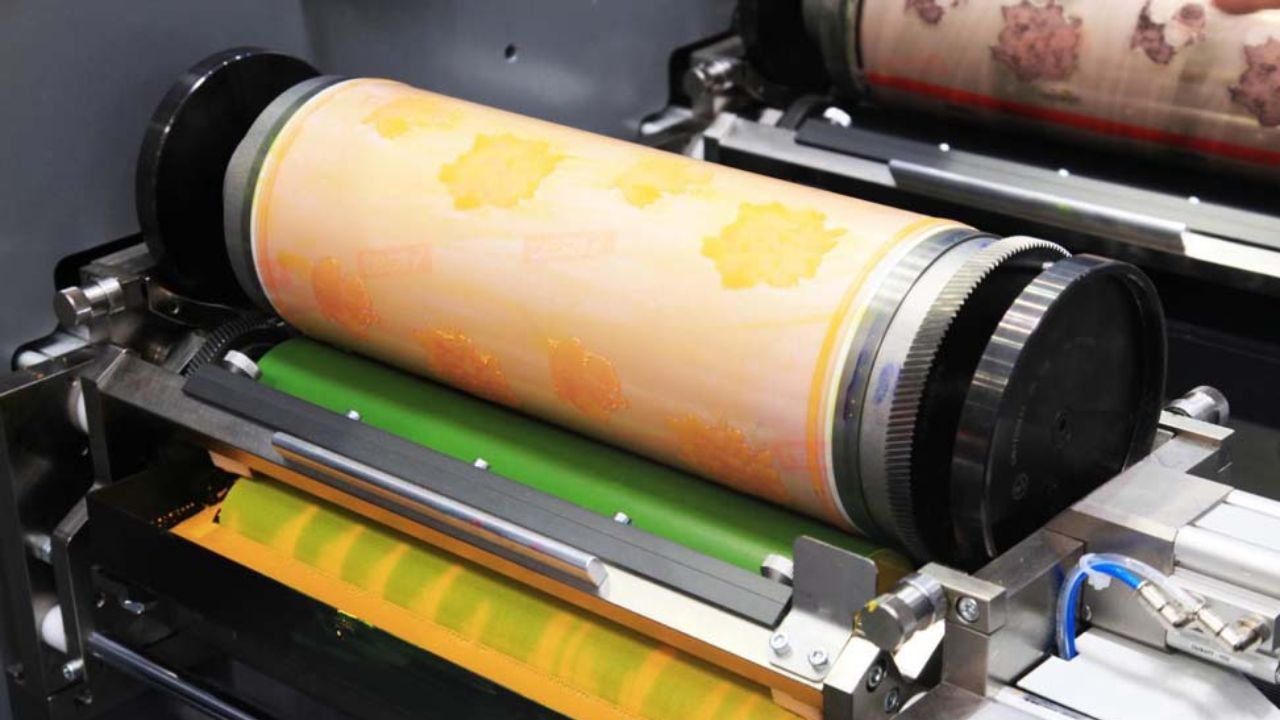Flexo printing is an efficient method of printing. It is widely used in the packaging and labeling industries. The flexographic printing plates play a crucial role in achieving high-quality prints. Anyone in the printing industry must understand the techniques and the best practices in flexo printing plate making. This article focuses on the strategies that are useful for maximizing outcomes in flexo printing.
Selection of Material for Plate
The selection of the plate material is a very important factor in flexo printing plate making. Another type of plate that is commonly used is the photopolymer plate as they are flexible, more durable, and capable of reproducing very small details. Print plates should therefore be chosen depending on the print job as far as the substrate type, ink type, and required print speed are concerned. Better plates give consistent reproduction quality and also have longer life spans on the plates.
Plate Imaging Techniques
This process of imaging entails the conversion of the image from a digital file to a photopolymer plate. The most frequent approach is digital imaging which employs laser technology to produce an image that is as clear as the real one. This technique also has several advantages: higher resolution, better control over the shape of dots, and more uniformity. Laser-engraved plates are preferred because they are accurate and capable of producing detailed prints.
Plate Exposure and Processing
After the image has been developed and the photopolymer has been applied to the plate, the plate must be exposed to UV light to solidify the photopolymer. The exposure should be correct to guarantee the right level of image and non-image regions. If underexposure is done the plates produced will be soft and the prints will lack quality while if overexposure is done the plate produced will be hard and brittle.
Plate Mounting and Calibration
The mounting of plates should be done correctly to help in registration and also to reduce some of the prints that may be faulty. The plates should be mounted on the printing cylinder in a manner that will not distort the cylinder, this should be done by use of a high-quality mounting tape. Another important aspect in this regard is the calibration of the press to get the desired quality of the prints. This includes changes in the impression pressure, anilox roll, and ink viscosity as some of the parameters to change.
Maintenance and Quality Control
It is also necessary to take care of the flexo printing plates. It controls the quality of the printing plates to have long-lasting and quality printing plates. For this reason, plates should be washed after every use to prevent contamination of the ink. Daily or weekly inspection of the plates to see if they have worn out or are damaged is also very important. Sticking to a strict quality control policy helps in identifying issues that may affect the efficient operation of the firm thus reducing time wastage.
Conclusion
One needs to have technical knowledge, skills, and precision when handling flexo printing plate making. Through proper identification and appreciation of the best plate material to use, imaging methods, exposure and processing, proper mounting, and most importantly routine maintenance, the various practitioners in the printing industry will be in a position to offer the best quality prints while at the same time improving on their productivity. These key techniques and best practices ensure that flexo printing is still one of the dependable and diverse printing methods in many applications.


